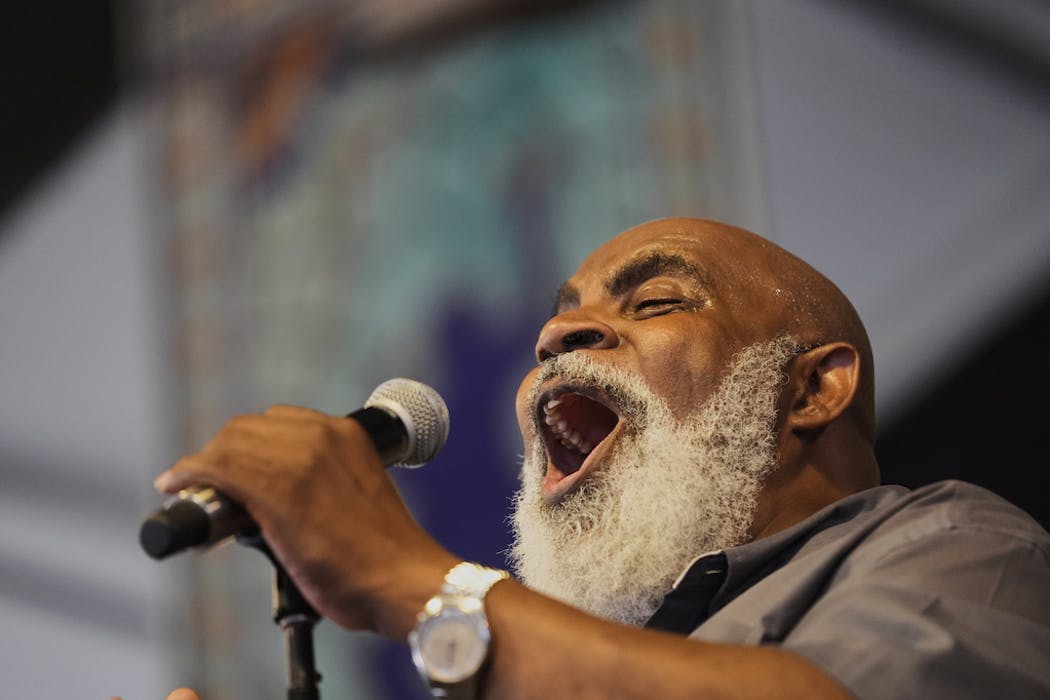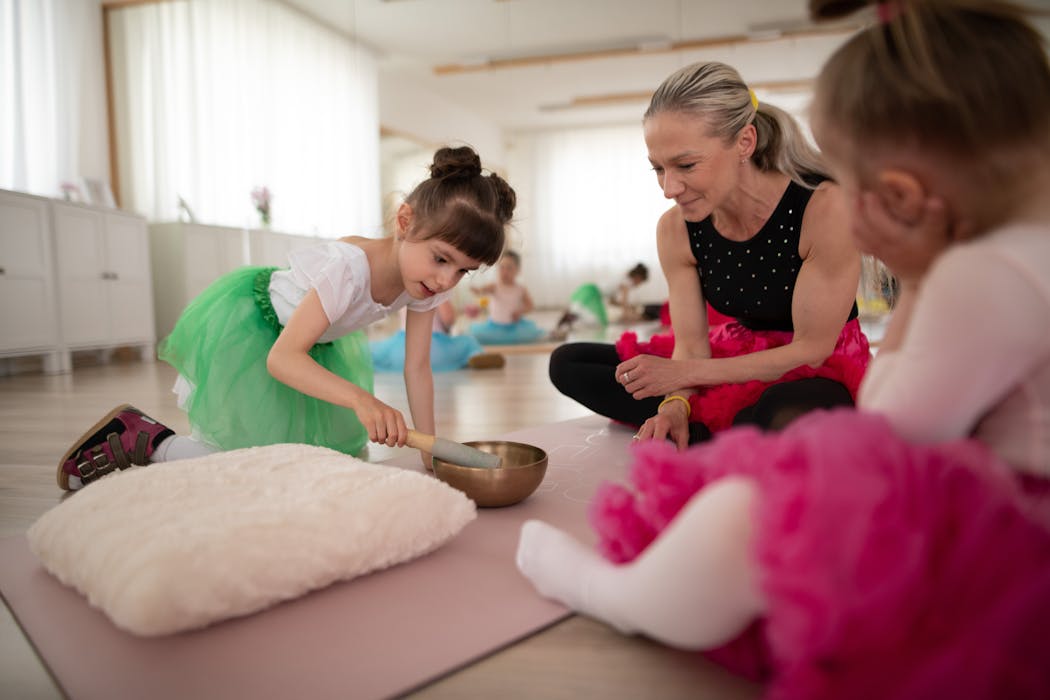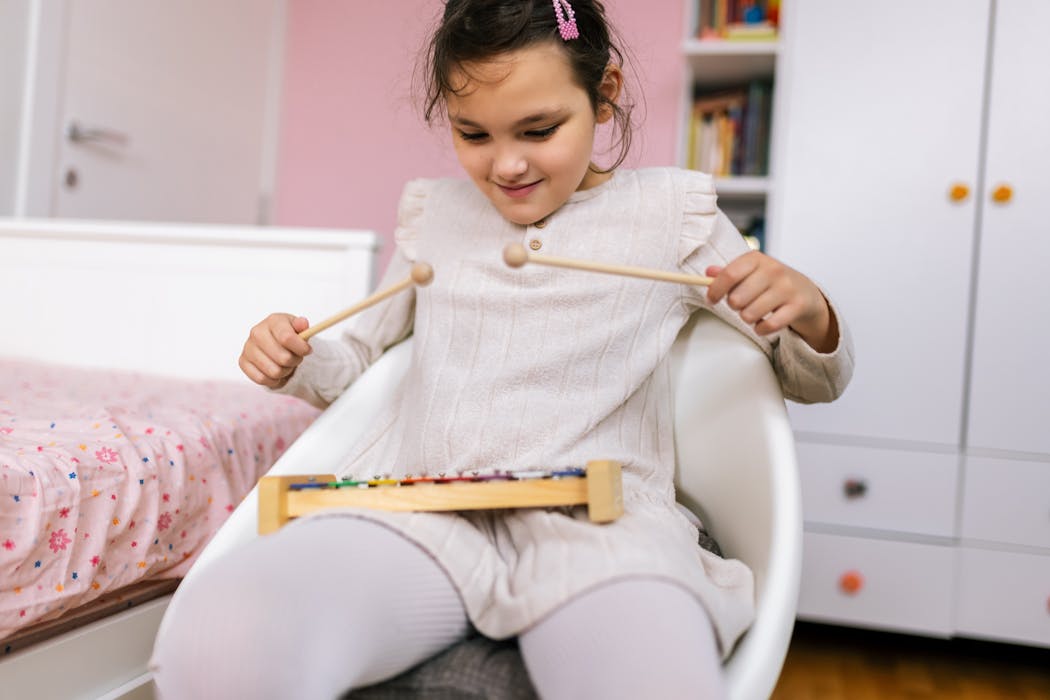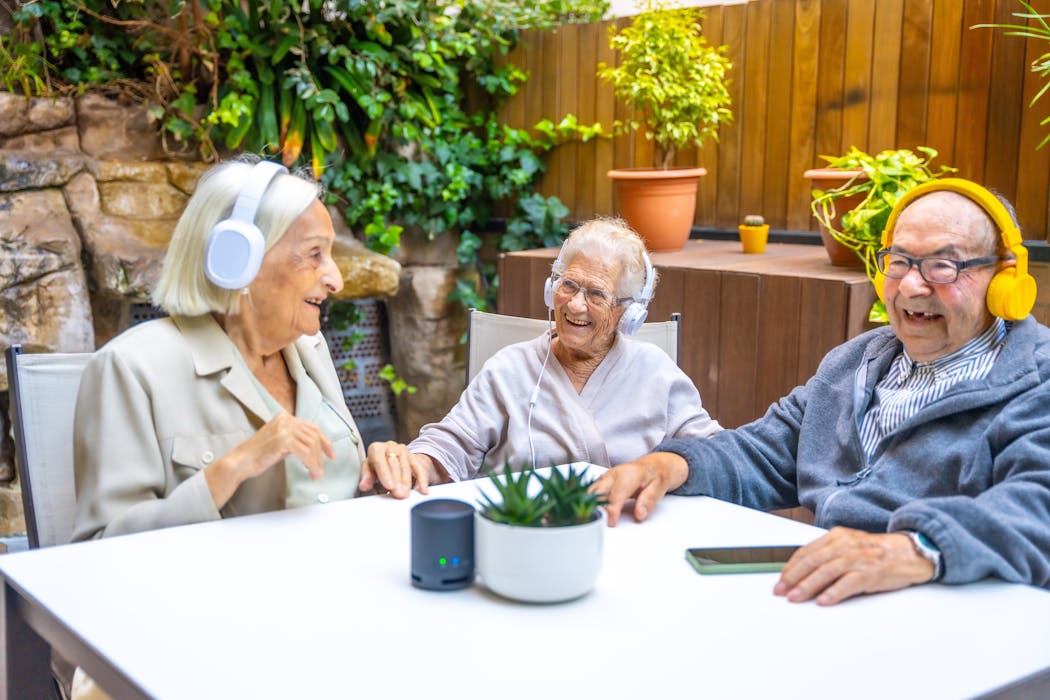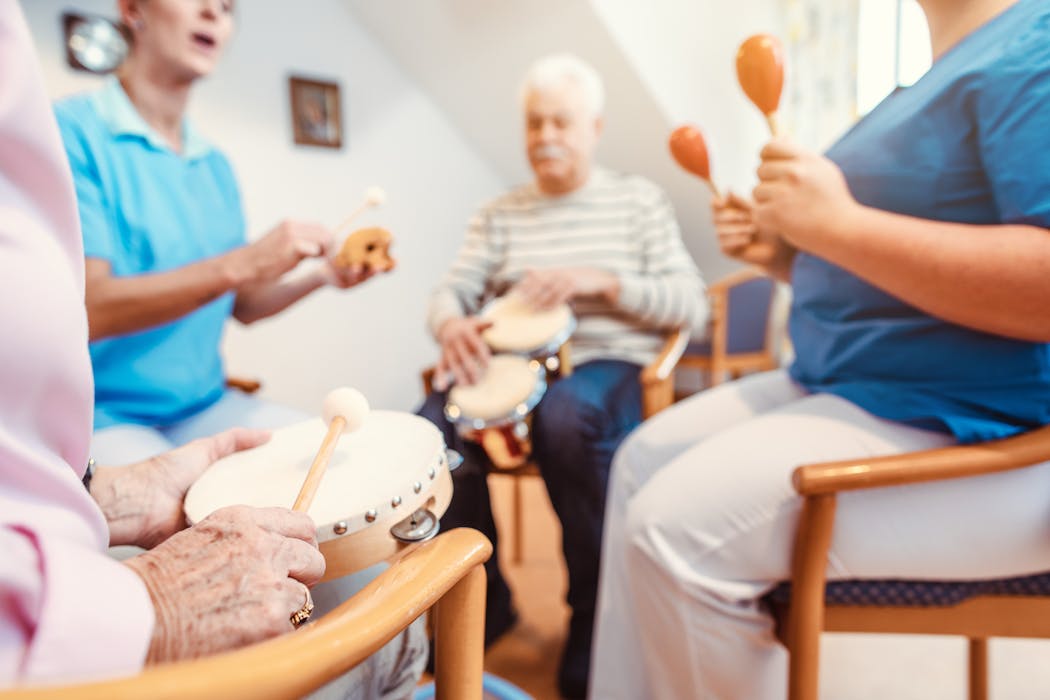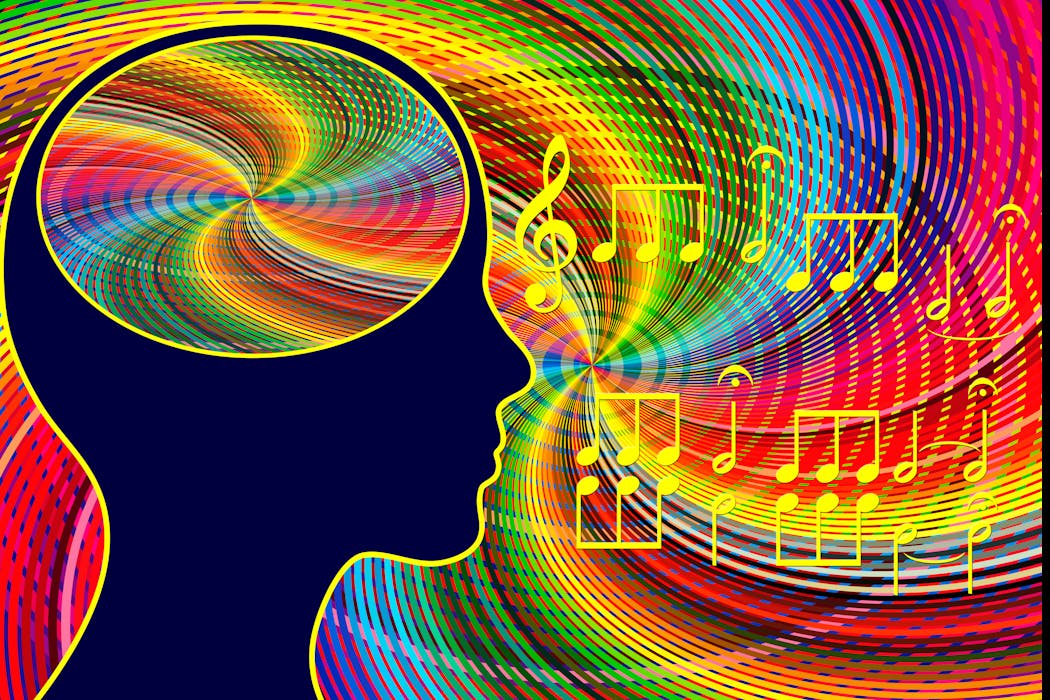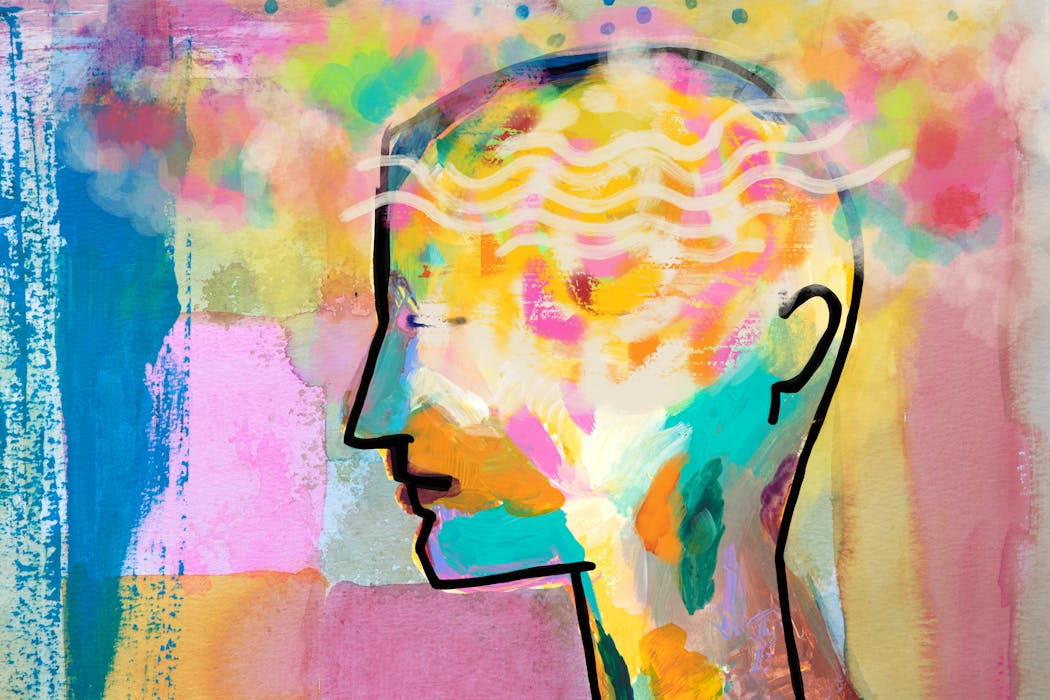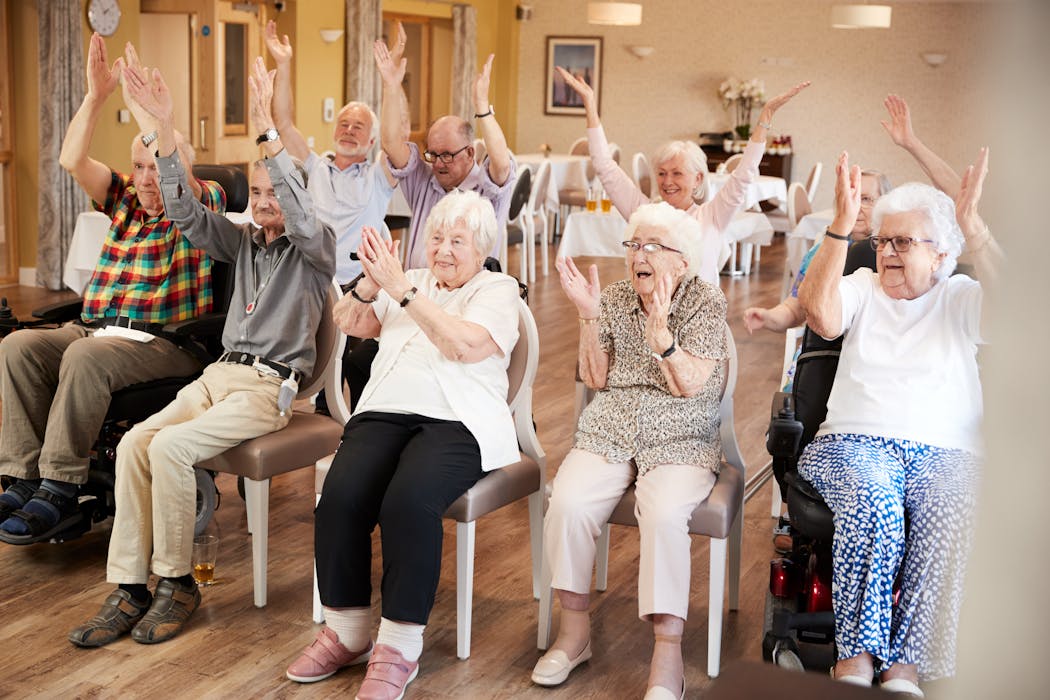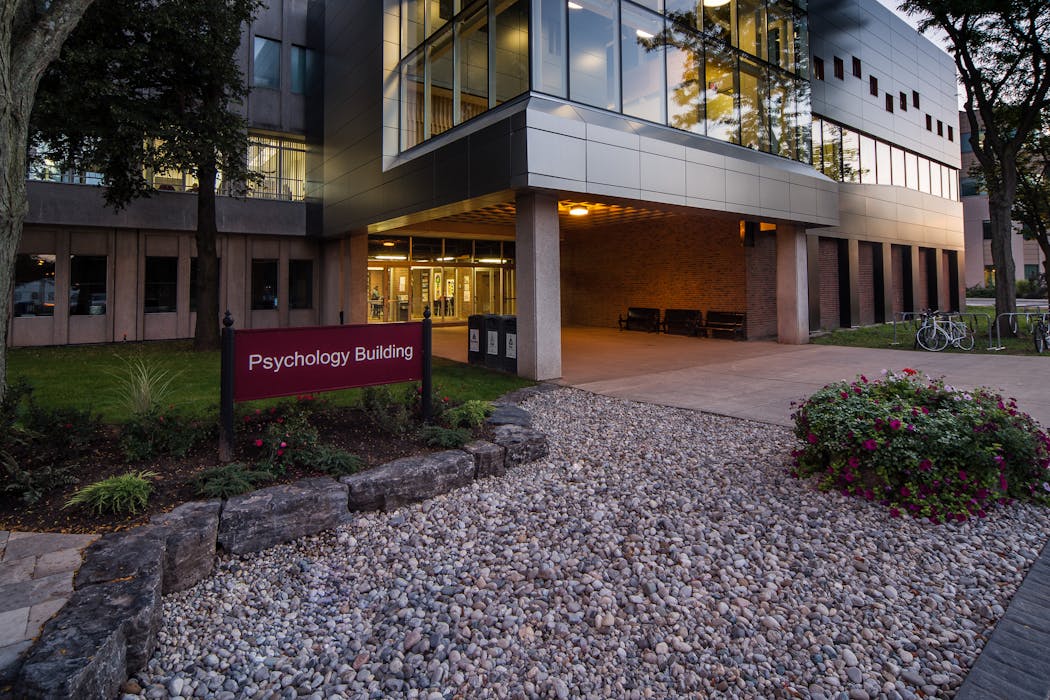Dance therapy has been gaining popularity as a form of therapy for seniors, and for good reason. It offers a wide range of physical, emotional, and mental benefits that can greatly improve the overall well-being of older adults. One of the key benefits of dance therapy for seniors is its ability to improve physical health. It can help seniors improve their balance, flexibility, strength, and endurance, which are all important factors in maintaining independence and preventing falls. Additionally, dance therapy can also help seniors manage chronic pain and reduce the risk of developing certain health conditions such as osteoporosis and arthritis.
In addition to the physical benefits, dance therapy can also have a positive impact on the emotional and mental well-being of seniors. It can help reduce stress, anxiety, and depression, while also boosting self-esteem and confidence. The social aspect of dance therapy can also help seniors feel more connected and less isolated, which is especially important for those who may be living alone or in a senior care facility. Overall, dance therapy offers a holistic approach to senior wellness, addressing both the physical and emotional needs of older adults.
How Dance Therapy Can Improve Physical Health in Seniors
Dance therapy has been shown to have a number of physical health benefits for seniors. One of the key ways it can improve physical health is by helping seniors improve their balance and coordination. This is particularly important as we age, as falls can have serious consequences for older adults. By participating in dance therapy, seniors can work on their balance and coordination in a fun and engaging way, reducing their risk of falls and injuries.
Additionally, dance therapy can also help seniors improve their flexibility, strength, and endurance. This can be especially beneficial for those with chronic pain or mobility issues, as it can help them manage their symptoms and improve their overall quality of life. By engaging in regular dance therapy sessions, seniors can work on their physical fitness in a way that is enjoyable and accessible, leading to improved health and well-being.
The Emotional and Mental Benefits of Dance Therapy for Seniors
In addition to the physical benefits, dance therapy can also have a positive impact on the emotional and mental well-being of seniors. Many older adults experience feelings of loneliness, isolation, and depression, especially if they are living alone or have limited social interactions. Dance therapy provides an opportunity for seniors to connect with others in a fun and supportive environment, helping to reduce feelings of loneliness and isolation.
Furthermore, dance therapy has been shown to reduce stress and anxiety in seniors, while also boosting their self-esteem and confidence. The act of dancing can be a powerful form of self-expression, allowing seniors to release pent-up emotions and express themselves in a creative way. This can be particularly beneficial for those who may be dealing with grief, loss, or other emotional challenges. Overall, dance therapy offers a holistic approach to senior wellness, addressing both the physical and emotional needs of older adults.
The Social Aspect of Dance Therapy for Seniors
One of the key benefits of dance therapy for seniors is its ability to provide a social outlet for older adults. Many seniors may feel isolated or lonely, especially if they are living alone or have limited social interactions. Dance therapy provides an opportunity for seniors to connect with others in a fun and supportive environment, helping to reduce feelings of loneliness and isolation.
Furthermore, the social aspect of dance therapy can also help seniors build new friendships and strengthen existing relationships. This can be particularly beneficial for those who may be living in a senior care facility or have limited opportunities for social interaction. By participating in dance therapy sessions, seniors can form connections with others who share similar interests and experiences, leading to a greater sense of community and belonging.
How Dance Therapy Can Help Seniors with Cognitive Decline
Dance therapy has been shown to have a number of cognitive benefits for seniors, particularly those who may be experiencing cognitive decline. Engaging in regular dance therapy sessions can help improve cognitive function, including memory, attention, and problem-solving skills. This can be particularly beneficial for seniors with conditions such as dementia or Alzheimer’s disease, as it can help slow the progression of cognitive decline and improve overall brain health.
Furthermore, dance therapy can also help improve mood and reduce behavioral symptoms in seniors with cognitive decline. It provides a stimulating and engaging activity that can help reduce feelings of agitation and anxiety, while also providing a sense of accomplishment and enjoyment. Overall, dance therapy offers a holistic approach to senior wellness, addressing both the physical and cognitive needs of older adults.
Incorporating Dance Therapy into Senior Care Facilities
Many senior care facilities are recognizing the benefits of dance therapy for their residents and are incorporating it into their wellness programs. By offering regular dance therapy sessions, senior care facilities can provide residents with an engaging and enjoyable activity that promotes physical, emotional, and mental well-being. Additionally, dance therapy can also help create a sense of community and connection among residents, reducing feelings of loneliness and isolation.
Incorporating dance therapy into senior care facilities can also help improve the overall quality of life for residents. It provides an opportunity for seniors to stay active and engaged, while also promoting social interaction and emotional well-being. By offering regular dance therapy sessions, senior care facilities can help residents maintain their independence and improve their overall health and wellness.
Tips for Seniors Interested in Trying Dance Therapy
For seniors who are interested in trying dance therapy, there are a few tips to keep in mind. First, it’s important to find a qualified dance therapist who has experience working with older adults. They will be able to create a safe and supportive environment that is tailored to the needs of seniors.
Additionally, it’s important for seniors to start slowly and listen to their bodies. It’s okay to take breaks as needed and modify movements to accommodate any physical limitations. Finally, it’s important for seniors to have fun and enjoy the experience. Dance therapy is meant to be an enjoyable activity that promotes overall well-being, so it’s important for seniors to approach it with an open mind and positive attitude.
In conclusion, dance therapy offers a wide range of physical, emotional, and mental benefits for seniors. It can improve physical health by enhancing balance, flexibility, strength, and endurance. Additionally, it can have a positive impact on emotional well-being by reducing stress, anxiety, and depression while boosting self-esteem and confidence. The social aspect of dance therapy can also help reduce feelings of loneliness and isolation among older adults. Furthermore, dance therapy has been shown to have cognitive benefits for seniors with conditions such as dementia or Alzheimer’s disease. By incorporating dance therapy into senior care facilities and following some tips for seniors interested in trying it out, older adults can experience the many benefits that this form of therapy has to offer.
Find out how Torongo Therapyplus can help you with your needs. Get in touch with us at smile@torongo.life, or call us on 02 8809 9965.
















